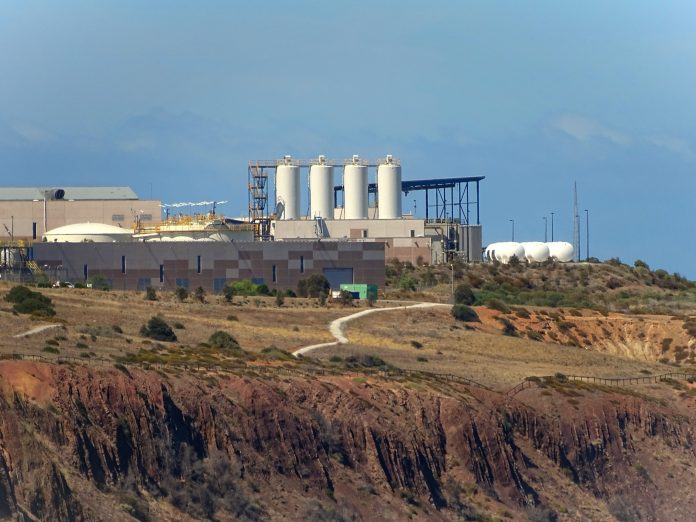KGlobal factory output fell in September as soaring energy bills and cost of living pressures resulted in declining demand, Reuters reports. The potential global slowdown has triggered central banks to increase interest rates to reel-in escalating inflation, which, in turn, is expected to create a sudden drop in the global demand underpinning exports. In Europe, manufacturing demand and production is undergoing its biggest collapse since 2008-9’s global financial recession.
Euro-zone factory activity
Britain, Italy, and Germany (the latter being Europe’s strongest economy) all experienced a three-month decline in manufacturing activity, while, in France, factory output fell at the quickest rate since May 2020 in France. S&P Global’s final manufacturing Purchasing Managers’ Index (PMI) dropped from 49.6 in August to 48.4 in September — marking a 27-month low. “The European manufacturing sector continues to face serious challenges, weighed down by surging energy prices, while new orders are seeing further decline,” said Thomas Rinn, global industrial lead for Accenture. “Economies continue to face drawbacks from high inflation, growing uncertainties and the increasing cost-of-living crisis.” Despite fluctuating output rates, optimal efficiency and accuracy remains a priority for production and warehouse facilities. Automation and conveyor solutions, in particular, are therefore increasingly being implemented across numerous sectors and applications to maximize output and reduce operational costs.
Asian manufacturing activity
Further afield in Vietnam and India, manufacturing activity grew albeit at a slower rate than normal, while simultaneously declining in Malaysia and Japan. The world’s second largest economic power, China, now has a PMI up from 49.4 to 50.1, although their Caixin/S&P Global manufacturing PMI has fallen from 49.5 to 48.1. The country’s continued zero-covid policy means their economy is expected to increase by just 3% in 2022, the slowest growth since 1976 (excluding 2020 when covid first hit). “We’re seeing economic conditions deteriorate in China, the United States and Europe. That’s definitely weighing on Asian manufacturing activity,” said Toru Nishihama, chief economist at Dai-ichi Life Research Institute. “While supply disruptions may have run their course, Asia is now suffering from slumping global demand.”
Output declining in Japan
In Japan, new orders fell at the quickest rate seen since 2020, with output also experiencing its biggest drop since 2021 — this is largely due to decreasing demand from trading partners, most notably, China. The au Jibun Bank Japan Manufacturing PMI, in particular, fell to 50.8 in September from 51.5 in August. “Weakness in the yen is doing little to bolster export demand either and instead is pushing imported inflation up drastically and drove domestic price pressures up even further,” said Joe Hayes, senior economist at S&P Global Market Intelligence.
The extended decline in global economic growth is hitting all sectors, including faster-growing industries. Tesla Inc, for example, recently revealed their third-quarter electric vehicle deliveries as being lower than anticipated. Although the company cited logistics concerns as their biggest hurdle, industry experts also consider declining global growth a key driver of falling demand for high-value products.







